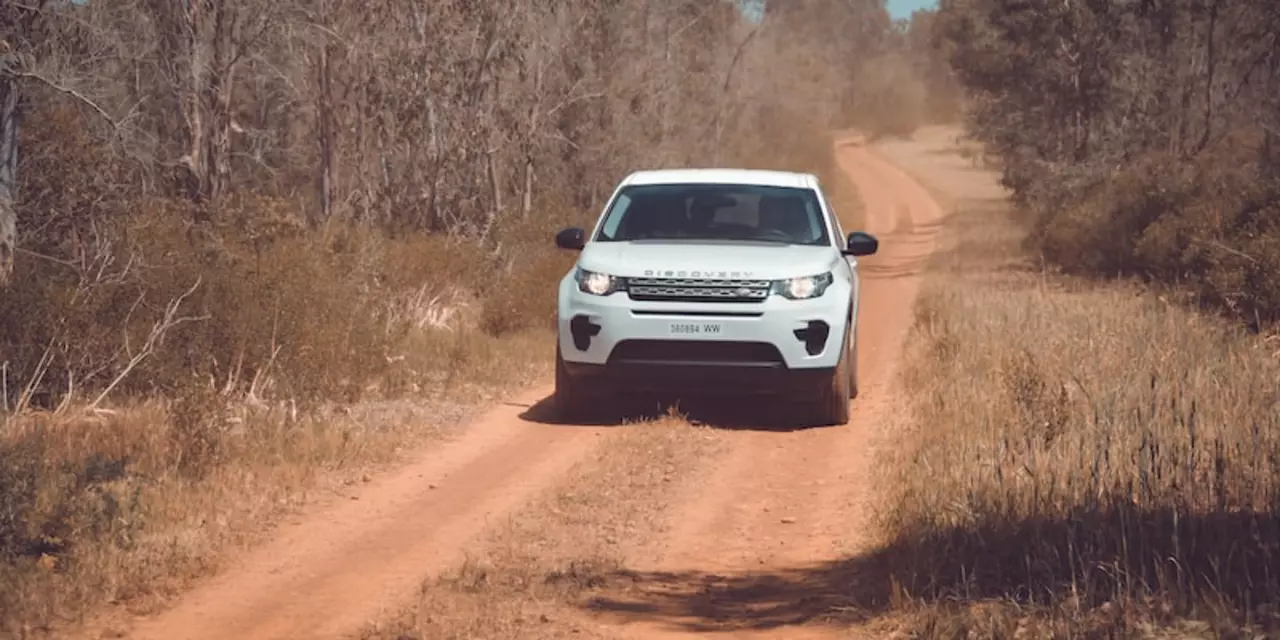Car Test Drive Guide – What You Need to Know Before You Drive Off
Thinking about sitting behind the wheel of a new ride? A test drive is the quickest way to feel how a car matches your style. But most people skip the basics that can turn a smooth experience into a headache. Let’s walk through the key points – mileage, credit checks, weather, and even the fancy Ferrari rules – so you walk away confident.
How Many Miles Is a Test Drive Really?
Dealers usually set a time or distance limit. Expect 10‑15 miles or about 20‑30 minutes of road time. That window lets you test city traffic, a highway stretch, and a few tight turns. If you need more distance – maybe to check fuel economy on a longer route – just ask. Some lots will let you take the car for 30‑40 miles if they’re keen to close the sale.
Don’t rush the feeling. Start with a gentle city cruise to hear the engine, then hit a few hills or a short highway segment. Pay attention to seat comfort, visibility, and how the steering reacts. A quick 5‑minute spin might feel exciting, but a longer drive reveals noise levels, braking performance, and fuel consumption.
Do Dealerships Run Credit Checks Before a Test Drive?
Yes, many do. A credit check helps the dealer gauge whether you’re a serious buyer, especially for high‑price models. It’s not a full loan application, just a soft pull that doesn’t affect your score. If a dealer says they need a credit check, ask if it’s a soft or hard inquiry.
Smaller shops or used‑car lots might skip the check altogether. In those cases, you’ll often sign a brief agreement stating you’ll return the car undamaged. Knowing the policy up front saves awkward moments later.
Special Cases: Luxury and Weather
Ferrari, Lamborghini, and other supercars have tighter rules. You’ll usually need to prove serious buying intent and a solid financial backing. Some exotic‑car dealers even require a pre‑approval letter before they hand you the keys. It’s not because they’re exclusive; it’s about protecting their high‑value inventory.
Weather can also change the test‑drive game. Stormy or icy conditions often lead dealers to cancel or postpone. Safety comes first, and a slippery road won’t give you an accurate feel for the car’s handling. Call ahead if the forecast looks rough – a quick phone check can save you a wasted trip.
Finally, bring a list of questions. Ask about warranty coverage, fuel type, and any hidden fees. The more you know, the easier it is to compare models and decide if the price matches the experience.
Bottom line: a test drive is more than a joy ride. It’s your chance to verify comfort, performance, and affordability in one go. Stick to the mileage guidelines, clarify credit‑check policies, watch the weather, and don’t be shy about asking for details. Walk out of the lot with a clear picture of whether that car truly fits your needs.
How do I take a proper car test drive?
A car test drive is an important part of the car-buying process as it allows you to get a feel for the car and make sure it is the right one for you. Taking a proper car test drive involves preparing in advance, asking the right questions, taking your time to get a feel for the car, and making sure the car has all the features you need. It is important to pay attention to the car's performance, comfort, and safety during the test drive. Lastly, it is a good idea to bring a friend or family member with you to give their opinion.
